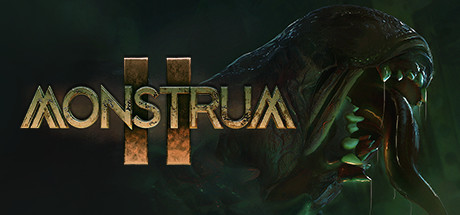
For Internal Use Only
Prepared by: Su Min Choi | 11th November 2025
1 BIOLOGY
The Bhagra is an agile and stealthy organism capable of sneaking up on its prey and delivering ferocious slashing attacks.
Both its fore and back limbs are tipped with impressive claws, which the Bhagra can use to climb and latch onto various surfaces, even ceilings. Its powerful back limbs allow it to jump both far and high, which adds to its suite of swift and deadly hunting capabilities.
When it hunts from above, the organism also makes use of its reengineered mouth cavity, which has been extended halfway down its torso. This allows it to bite down and tear into creatures no matter their size, which is often the limiting factor in natural predators.
Its most advanced sense is smell, which it uses to recognise its environment and track its prey across incredible distances. Its sight is inchoate in the current variant, but pending additional testing, we might look into developing that further.
2 CAPABILITIES
For ease of examination and testing, our lab and field teams have classified the capabilities of the Sparrowlock specimens into four broad categories: offensive, sensory, locomotive, and specific.
2.1 OFFENSIVE
The claws on the Bhagra’s forelimbs are long and sharp, capable of tearing flesh into ribbons in only a few strikes. In a purely numeric comparison against the other two viable specimens currently housed at Sparrowlock, the damage of Bhagra’s claws is comparable with the Malacosm, but weaker than the raw strength of the Brute’s punch.
Where the Bhagra comes into its own is when it ambushes and pounces upon its prey. This bodily attack allows it to bite down on its victim with its long maw, tearing a human apart in seconds.
2.2 SENSORY
The Bhagra relies on its exceptional sense of smell to track down its prey. It can detect even faint smells in an environment saturated with stimuli, and has no trouble distinguishing its prey from the background noise even at great distances.
The only time the Bhagra cannot detect its prey is when the victim stands still for some time; the current theory posits that the Bhagra relies on the movement of air currents to pick up and process the scent of its prey.
2.3 LOCOMOTIVE
The strength and explosive power of the Bhagra’s lunge is one of the crowning achievements of the engineering team at Sparrowlock. It can cover both great distance and height – a combination rarely found in the natural world, and certainly not to this degree.
While the jump can itself be a tool to close distance with prey, the Bhagra most often utilises it to pounce upon unsuspecting victims when they least expect it. It appears that ambushing prey from the ceiling is an especially effective tactic for the specimen – those subjects have the lowest rate of encounter survival.
The ceiling also seems the optimal strategy for the Bhagra in general, as it can propel itself more effectively with its opposable claws on the forelegs, allowing it to move faster on the ceiling than the ground.
2.4 SPECIFIC
Being only a facultative biped, the Bhagra is fastest and most agile when galloping in its quadruped confirmation. This also allows it to keep a lower profile than the other two specimens, which is advantageous for its nature as a stealth predator.
Additionally, it allows the Bhagra to access and traverse areas and passages too narrow for bigger predators, perfectly extending its versatility in the pursuit of targets.
3 ADVANCED BEHAVIOURS
All the Bhagra specimens that we kept on the sea fort for longer field tests developed advanced hunting techniques that give them an edge over new, lab-bound variants.
3.1 REFINED AMBUSH TACTICS
- Experienced Bhagra specimens have a developed knowledge of their environment and a predatory instinct for the behavioural patterns of their prey. This allows them to lurk on ceilings or in dark corners in well-trafficked areas, where they need only wait for a victim to pass them by and spring their trap.
- Every Bhagra that has been in field testing for a while has also learned to utilise its powerful back legs to extend their reach and cross their environment through clever means unavailable to their prey. This allows them to position themselves in unexpected places and pounce upon their victims from unexpected angles.
3.2 REFINED CHASE TACTICS
- f a victim has managed to avoid dying in the initial ambush, a chase often ensues between hunter and prey. The more experienced Bhagra all cleverly used their ability to latch onto ceilings to their advantage, transitioning between ground and ceiling in order to close the gap to their prey much faster.
4 CONCLUSIONS
Even the most promising variants currently in development are still completely feral; they respond to orders poorly or not at all. However, with further neural enhancement, the Bhagra could become the premier assassination unit on the private market.
